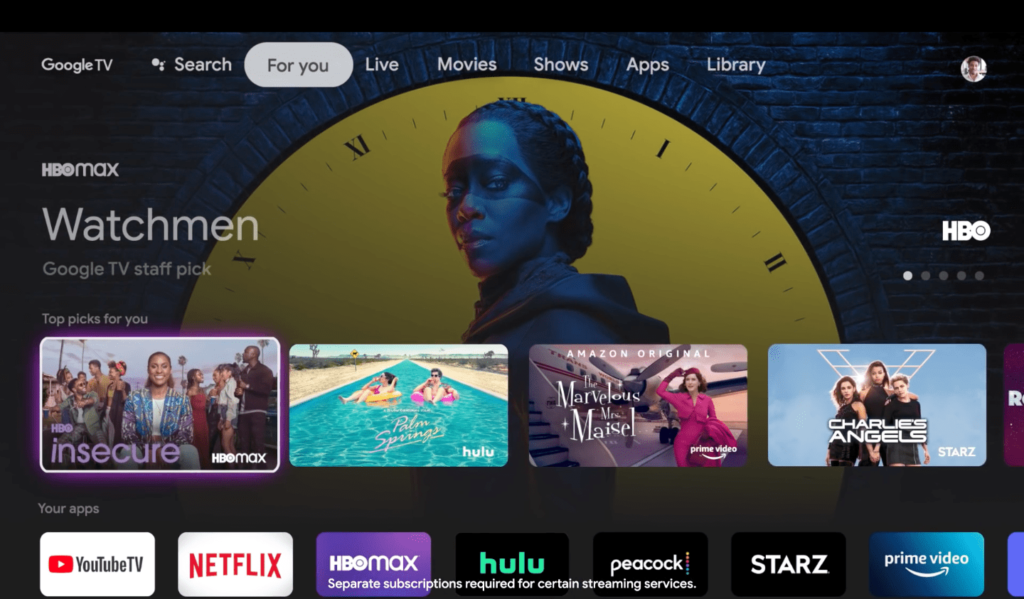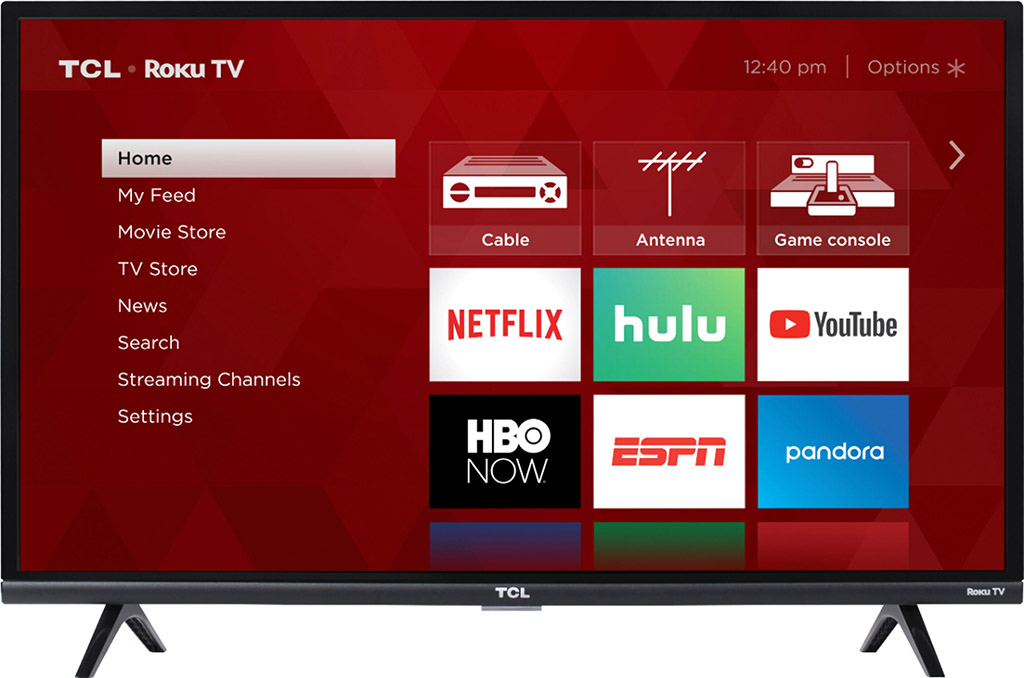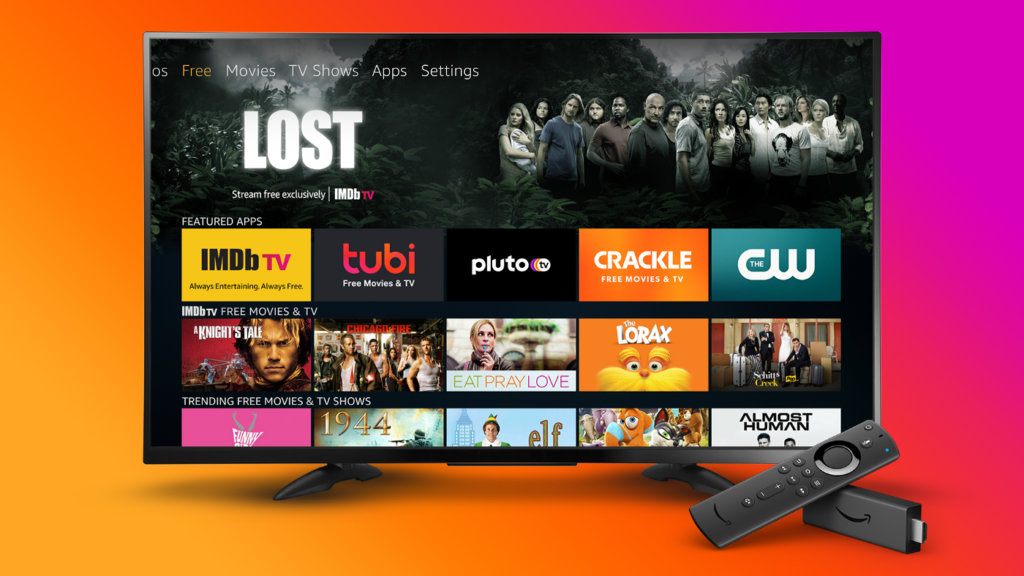A friend of mine recently came to me with a happy dilemma. It seems their living room TV had unexpectedly stopped working. Sadly, this isn’t all that common. TVs today may be cheap, but they aren’t always reliable. I remembered the TV. It was a Samsung that I helped them pick out back in 2014.
Shortly after that, I wrote this article:
I may have been overreacting there, but it wasn’t the first time or the last time that Samsung was accused of collecting data without user permission. I stopped recommending Samsung TVs after that, and when it comes to their other products, I either tell people not to connect them to the internet or to buy something else if privacy is important. The last thing you need, considering how difficult life already is, is to have your washing machine narc on you. At least that’s the way I see it.
The problem with smart TVs
I’ve said it before. I’ve had a smart TV of one sort or another for about 12 years, since they were a pretty new concept. Sooner or later there’s always a problem. Maybe the apps expire (this happened to YouTube on a lot of devices) or maybe the new app you want isn’t available on the TV you have. TV manufacturers are pretty bad about updating their TVs after a few years. That’s why I tend to recommend people get an external streaming box or streaming stick. They’re a good, cheap way to make sure you’ll keep getting the apps you want.
But, after this latest jaunt out with my friend, I might be ready to change my tune. Why? Because at least a few manufacturers have changed theirs.
Finally, some hope?
I will say that I’ve always found TV makers’ smart TV implementations to be sort of goofy and sort of weak. Yes, this has improved over time to the point where Samsung and LG both have something fairly modern to show you. But although it looks modern today it probably won’t age well. My last Samsung TV, a 2013-era model, hasn’t had an update in years. It won’t run Disney+, Paramount+, or virtually any other “plus.” Screen mirroring stopped working a while back, too, and it has a weird sort-of-HDR implementation that never works right anymore.
Helping my friend dig into new smart TVs, though, I found that there are several TVs with operating systems that just might survive a little longer.
Android TV/Google TV

Google doesn’t have the best long-term history with smart TVs. They were among the first on the scene with a weird box made by Logitech. It came out in late 2010 and was an almost instant flop due to its weird interface and hard-to-use controls. It had a built-in keyboard for searching which was great before smartphone apps but practically no app selection.
Google tried again with Android TV, which came around in the mid-’10s as a more flexible competitor to AppleTV. App selection was pretty slim but you could kinda run Android apps on it so there was that. Android TV improved over and over again, and was recently rebranded as Google TV. There’s a new user interface and robust app selection. Plus, if you have another Google or Android device it’s insanely easy to set up.
Roku TV

Roku has made its streaming OS available to TV manufacturers for several years. At first it was just low-end manufacturers like Insignia that took them up on the offer, but Chinese company TCL started making Roku TVs about six years ago. While they were looked at as a low-end company at first, they’ve brought their Roku TVs up to a very high level that competes with high-end products from Japan and Korea.
Roku has been around longer than pretty much every streaming box maker. The general feeling is that Roku’s look and feel is consistent and fairly clean, but not too exciting. They waste a lot of screen real estate with ads, which sometimes hijack the screen background as well. But, their TVs work really well and if you have one Roku device you can set up another in under 5 minutes with all your apps intact.
There’s a nice feature of Roku TVs for antenna users as well. You can plug in a flash drive to the back of the TV and pause live TV for up to 90 minutes. There’s no recording capability but it’s nice to have the pausing feature, especially since it’s basically free.
Amazon Fire TV

Amazon has brought the Fire Stick experience to TVs. They don’t seem to be in the same league as high-end models from other makers but like other Amazon products, they are very competitively priced. Of course you get Alexa built in which is a benefit if you don’t mind the fact that Amazon will be tracking literally everything you do and say. Personally that gives me the heebie-jeebies and that’s why I don’t recommend them. I do know other folks who swear by them, though.
Which one should you pick?
First of all, I’m deliberately not posting a list of which companies use which OS because I guarantee it would be obsolete in about 10 minutes. But if you shop online you can very easily see when a TV has Roku, Google, or Amazon. I know that TCL has both Roku and Google, which is kind of cool. Unfortunately you can’t change from one to the other once you get the TV home. That would be really slick.
If you have a current Roku device, I would say definitely pick a Roku TV. There’s a lot of free content, they have pretty much every app in the known universe, and they are still updating every Roku TV ever made. That says a lot.
As for Google TV, it’s a little harder to recommend. The user interface is probably the best of all the streaming devices bar none right now. If you have a Google smart home it will control virtually everything, and as I said it’s absurdly quick and easy to set up. But there’s also a part of me that knows that this is the third try for Google and they certainly have no problem abandoning things that don’t work. Just the other day I got the notice that Hangouts will stop working, and that’s like the 5th chat client they’ve tried.
I also don’t know about Fire TV. For me, the quality of the TVs isn’t there, and the interface is a little clunky. But if you’re looking for something on the low end, maybe for a guest room or rental, give it a try.
One more thing…
Solid Signal doesn’t sell any of the stuff in this article. But they do sell an awful lot of stuff to help you live your best digital life. I’d sure appreciate if you’d check out SolidSignal.com if you’re looking for the best in accessories.




